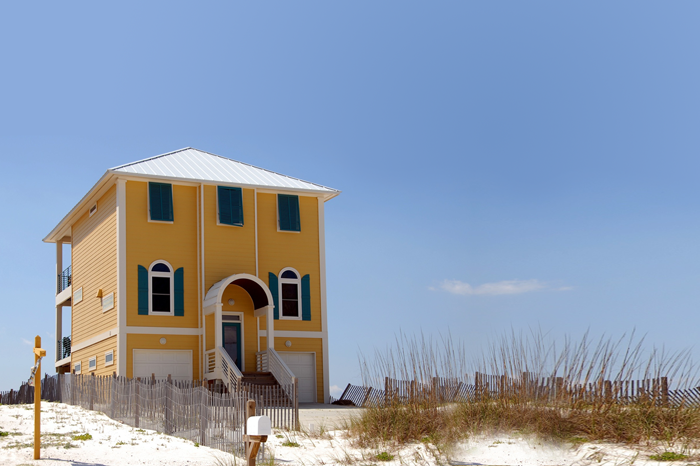You are here
1031 News › SOLD! Tax Strategies for Selling Vacation Property › SOLD! Tax Strategies for Selling Vacation PropertySOLD! Tax Strategies for Selling Vacation Property
Error message
Deprecated function: The each() function is deprecated. This message will be suppressed on further calls in _taxonomy_menu_trails_menu_breadcrumb_alter() (line 436 of /home/expert1031/public_html/sites/all/modules/taxonomy_menu_trails/taxonomy_menu_trails.inc).
Due to economic factors or life changes, investors who have held vacation rental property for many years can face significant tax liabilities when they sell it. Federal long term capital gain tax rates can be anywhere from 15 to 20%. The unearned income tax rate is 3.8%, and a depreciation recapture at 25% could be incurred. Additionally, state tax rates will also apply. Adding it all up, a potential tax liability upwards of around 39% can come as a rude surprise for most investors.
So what other options do investors have to limit or defer their tax liability? One option is to convert the use of the property into your primary residence. Another is to do a 1031 Exchange.
Option 1: The Primary Residence Option The conversion of the property to a primary residence would not result in an immediate tax liability, as the property is not being sold. If the investor moves into the vacation rental, making it their primary residence for two years or more, the capital gain can be prorated between the business rental use of the property and the primary residence use of the property. The investor is also required to own the property for a total of five or more years before the property is sold. The longer the converted property is held as a primary residence, the higher the proration for the primary residence exclusion, which is up to $250,000 for an individual, and $500,000 for a married couple filing jointly.
Option 2: The 1031 Exchange Option A 1031 Exchange is another method to defer tax. To avoid any possibility of a challenge to your vacation home exchange, your vacation property has to meet certain requirements. During the 24-month period preceding the sale of your vacation home, you must:
1. Rent out the property, at fair market value, for at least 14 days in the 12-month period for two years or more (i.e.: rent it for a minimum of 14 days from July to June, then do it again), AND,
2. Not use the property for your own personal vacation time for more than 14 days.
Whether you rent it to others for 14 days or 140 days, you still get your own personal 14 days of vacation use. Beyond this, there's a 10% rule where you could make more personal use days for yourself, family and friends, by renting it out for more days. So if you rent it for 150 days, you're allowed to use it personally for 15 days. If you rent it for 300 days, you get to use it for 30 days. That's the 10% rule.
Staying at your vacation rental property is not considered "personal use" if you're engaged in repair, upkeep and annual maintenance on a substantially full time basis for any day. This means you can be in the house fixing stuff eight hours a day and call it a "maintenance day" if you document the repairs, time and materials used. The tax-payer must be ready to prove that actual work was done.
In summary, an owner can take their second home or vacation home and rent it for 14 days a year at fair market value for two years, then exchange out of it. After holding the new property for two years as a vacation rental, you can then convert the use of the new property into your own primary residence.





Add new comment